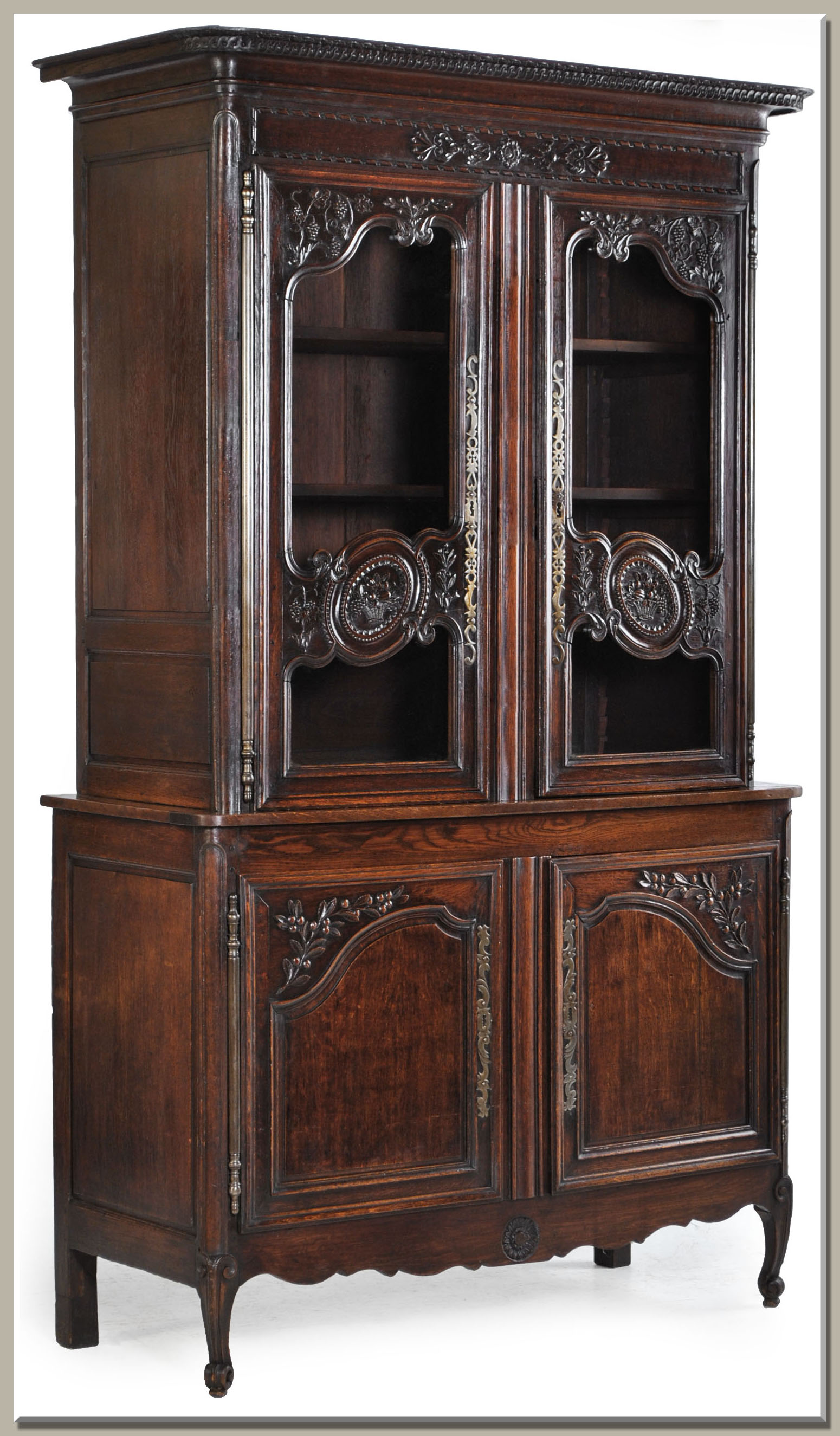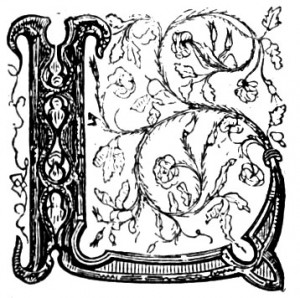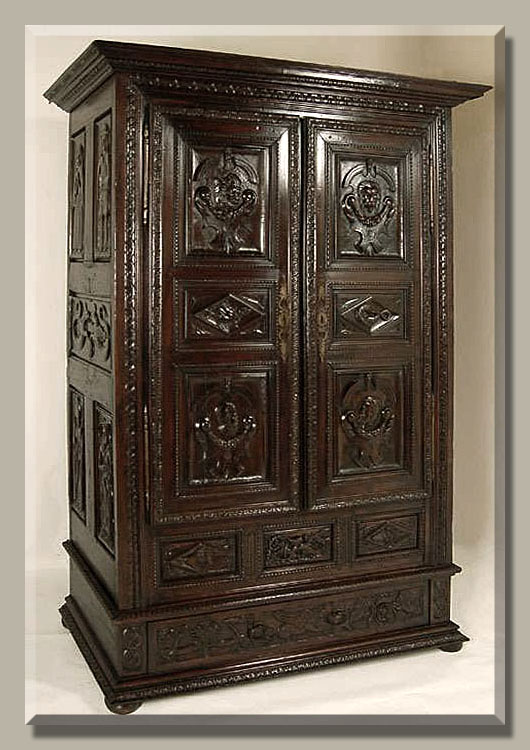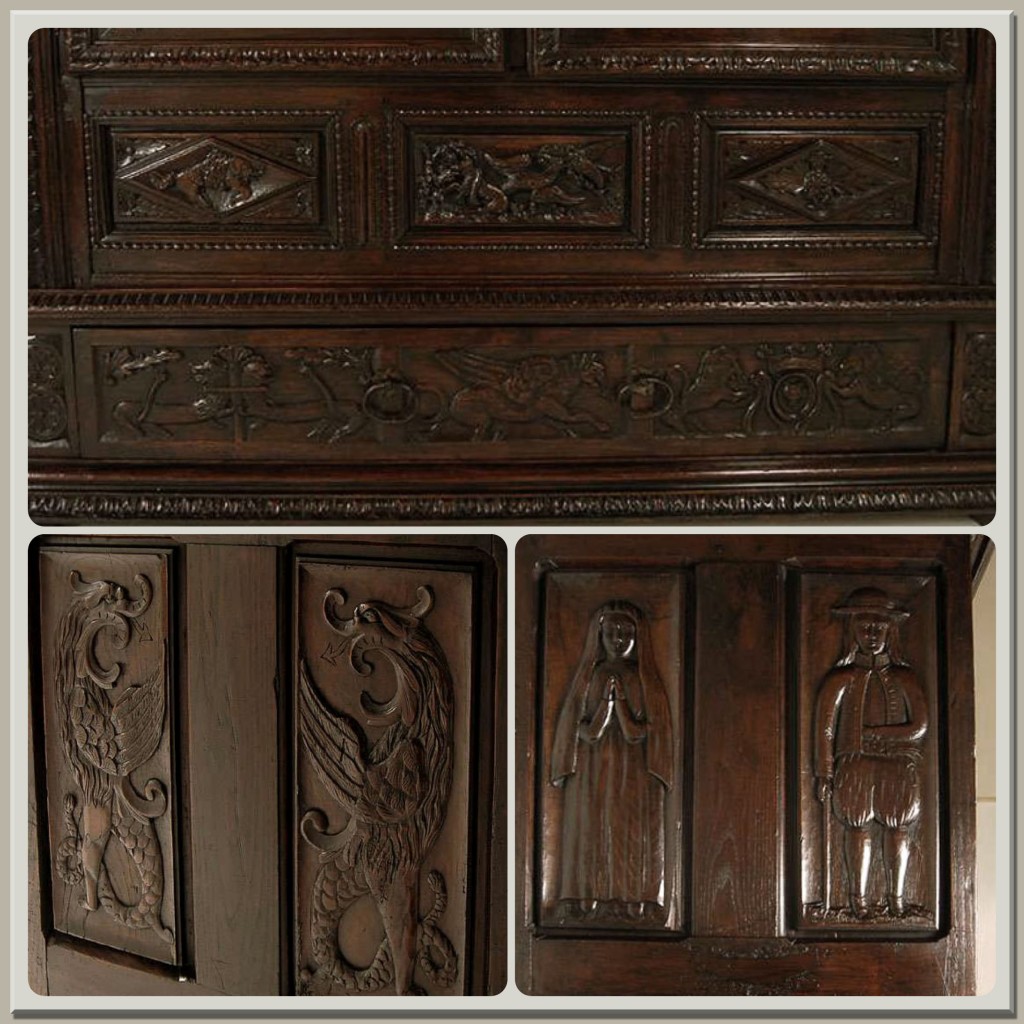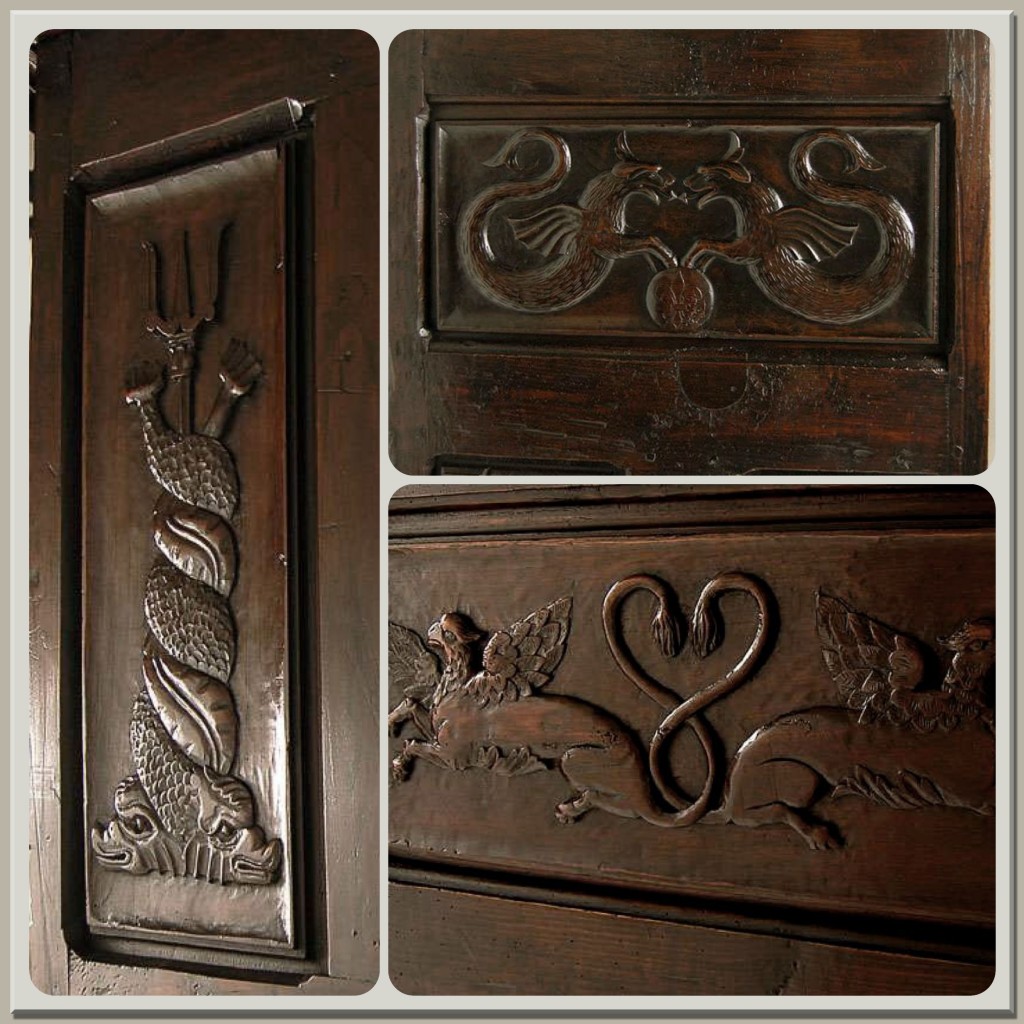 For years, collecting antiques has been a large part of my life. Many have asked me time and again why the subject of French antiques was of such intense interest to me. The answer lies in my roots, my birth and childhood in a great city that was the source of my sentiment towards antiques and my lifelong inspiration. My passion for history and antiques began as a child when my mother and I would attend museums, art galleries, opera, ballet, and theater. Being steeped in such a rich cultural heritage made a profound impression on me, and to this day I strive to recreate that magic everywhere I can.
For years, collecting antiques has been a large part of my life. Many have asked me time and again why the subject of French antiques was of such intense interest to me. The answer lies in my roots, my birth and childhood in a great city that was the source of my sentiment towards antiques and my lifelong inspiration. My passion for history and antiques began as a child when my mother and I would attend museums, art galleries, opera, ballet, and theater. Being steeped in such a rich cultural heritage made a profound impression on me, and to this day I strive to recreate that magic everywhere I can.

19th century view of the famous Opera House where I learned to appreciate classical music.
The great city of Odessa was founded by none other than the Empress Catherine the Great, fulfilling her desire to establish a warm-water port for Russia, a country that up until that point had only Baltic Sea access, literally frozen in the winter months. What started out as a military conquest developed into a beautiful, multi-cultural and vibrant city, eventually becoming a “Jewel in the Russian Empire”. Catherine the Great’s timing was fortuitous, as the French nobility was fleeing during the French Revolution, and their talents were welcomed to shape the burgeoning city.

The famous Odessa Opera House as it stands today
By a stroke of genius, Catherine the Great appointed the Duc Du Richelieu, who had previously served the courts of Louis XVI as Marie Antoinette’s confidant and advisor. To him we owe the original design of the city, strongly rooted in neo-classical architecture and design, reminiscent of the greatest city of France ~ Paris. The wide boulevards with sycamore & acacia trees, beautiful fountains and statuary created a backdrop for the design of the city which flourished in the fertile Northern Mediterranean climate. The city grew quickly around the port, with an influx of merchandise and people from all over the world, adding a distinctive cosmopolitan aspect.
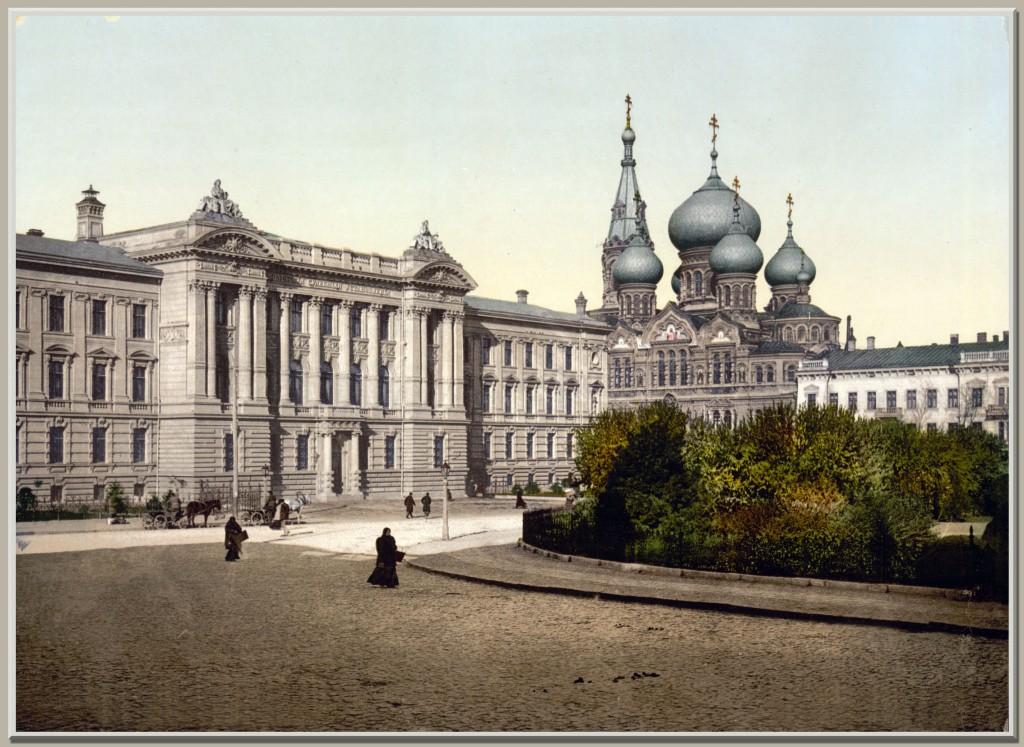
19th century view of downtown Odessa showcasing the famous onion domes of an orthodox cathedral.
Richelieu served as the governor of Odessa from 1803 to 1814, after serving in the Russian army to liberate the city from the Ottoman Empire. Widely acclaimed as one of the founding fathers of the city, his contributions to the design and infrastructure enabled Odessa to thrive. The next governor was another displaced French nobleman, Count Andrault de Langeron, who continued and expanded upon Richelieu’s work, after serving as a French general in the Russian Imperial Army battling against Napoleon Bonaparte.
Odessa developed into an unusually Western-style city, uniquely distinct from typical Russian cities of the era. Many literary giants including Pushkin, extolled the virtues of the city and contributed to its greatness. He was quoted as saying about the city that Odessa was where “the air is filled with all Europe, French is spoken and there are European papers and magazines to read.”

The Preobrazhensky Cathedral with early 19th century neoclassical Russian architecture
I was truly fortunate to be immersed in such a rich cultural milieu, where museums displayed some of Eastern & Western Civilization’s finest treasures, providing intellectual fodder for my eager mind, and laying a foundation in the classics that would be difficult to duplicate anywhere else.
By surrounding myself with antiques and items with historical significance I have been able to recreate a little of the magic of Odessa right here in the United States. I am truly grateful that Odessa and Europe were such important parts of my early years, imparting a lasting appreciation for beauty, art and design.

 Normandie is a storied region of France, as famous for its gastronomic delights as it is for its French antiques. Furniture making in Normandie flourished as early as the 17th century, as Norman maritime commerce brought prosperity to the region. The skillful artisans of Normandie developed a distinctive, unique Country French style over the course of time, and are renowned for elaborate carvings celebrating the natural beauty of the region and the blessings of provincial life.
Normandie is a storied region of France, as famous for its gastronomic delights as it is for its French antiques. Furniture making in Normandie flourished as early as the 17th century, as Norman maritime commerce brought prosperity to the region. The skillful artisans of Normandie developed a distinctive, unique Country French style over the course of time, and are renowned for elaborate carvings celebrating the natural beauty of the region and the blessings of provincial life.


